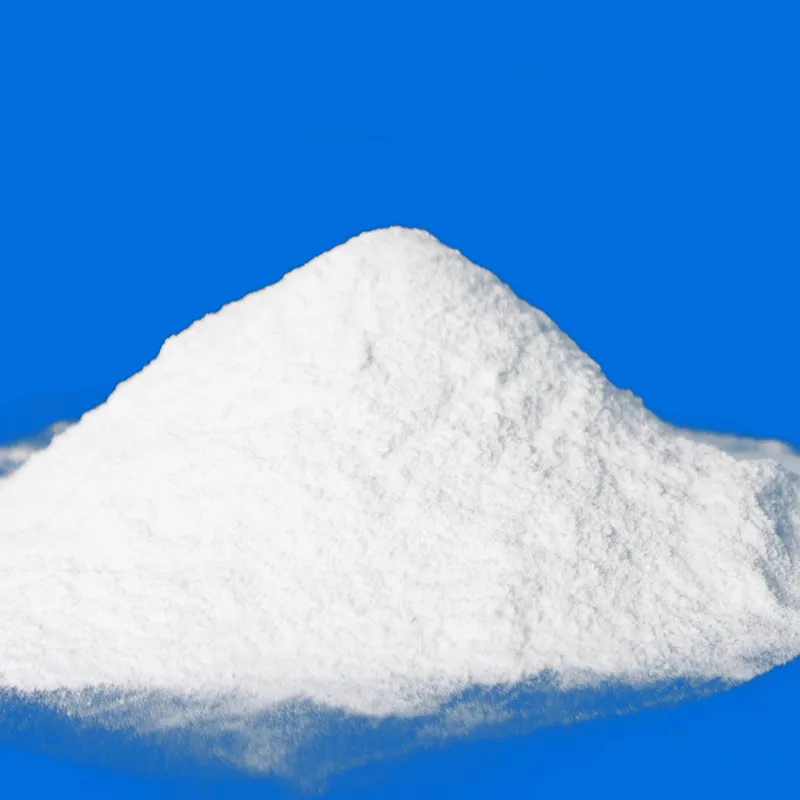
monosodium glutamate salt
The Role of Monosodium Glutamate in Flavor Enhancement
Monosodium glutamate, commonly known as MSG, is a flavor enhancer that is frequently used in cooking and food production. It is the sodium salt of glutamic acid, an amino acid that occurs naturally in many foods, including tomatoes, cheeses, and mushrooms. Though MSG has garnered a mix of admiration and controversy over the years, its significance in enhancing flavor cannot be underestimated.
Historical Background
MSG was first extracted and identified in 1908 by Japanese chemist Kikunae Ikeda, who sought to understand the unique flavor of kombu dashi, a traditional Japanese soup stock. Ikeda realized that the distinct taste he discovered was due to the presence of glutamate. He patented a method for synthesizing MSG from wheat gluten, and soon after, it gained popularity in Japanese cuisine and subsequently worldwide. By the mid-20th century, MSG was widely accepted as a safe and effective flavor enhancer.
The Science Behind Flavor Enhancement
The umami taste, often described as savory or meaty, is one of the five basic tastes alongside sweet, salty, bitter, and sour. Glutamate is a key player in eliciting this umami flavor. When MSG is added to food, it interacts with receptors on our taste buds, enhancing flavors and making food more palatable without the need for excessive salt or sugar.
Researchers have shown that MSG not only intensifies the existing flavors in a dish but also rounds out the overall taste. This versatility allows chefs and food manufacturers to craft products that resonate well with consumers’ taste preferences while potentially reducing the sodium content in their offerings.
Safety and Controversies
monosodium glutamate salt

Despite its widespread use, MSG has faced skepticism and controversy. Some individuals report sensitivity to MSG, experiencing symptoms such as headaches, flushing, and nausea, a phenomenon often referred to as Chinese restaurant syndrome. However, numerous scientific studies have failed to establish a definitive causal relationship between MSG and these adverse effects in the general population. The U.S. Food and Drug Administration (FDA) classifies MSG as generally recognized as safe (GRAS), and it is approved by health authorities globally, including the World Health Organization (WHO).
The controversy surrounding MSG often arises from cultural perceptions and anecdotal reports rather than robust scientific evidence. As modern research continues to explore the health implications of MSG consumption, it is clear that moderation, as with any food additive, is key.
Culinary Applications
In culinary applications, MSG is a powerful tool for chefs looking to elevate the flavor profile of their dishes. Its usage is prevalent in Asian cuisine, especially in stir-fries, soups, and marinades. Beyond that, MSG is also utilized in processed foods, snacks, canned soups, and even seasoning blends, allowing manufacturers to create products that appeal to a broad range of consumers.
Interestingly, MSG is often mistakenly associated solely with Asian cuisine due to its predominance in those dishes, while it is equally effective in Western cooking. By incorporating MSG responsibly, chefs can reduce the reliance on salt while enhancing the overall flavor, offering a healthier alternative without compromising taste.
Conclusion
Monosodium glutamate remains a fundamental ingredient in the realm of flavor enhancement. Its ability to amplify umami flavors has transformed dishes and food products alike, making them more enjoyable. While ongoing discussions about its safety continue, the culinary world embraces MSG for its potential to elevate flavors, demonstrating that this humble compound has a significant role in modern gastronomy. Whether enjoyed in a savory soup, a delicious stir-fry, or a gourmet dish, MSG continues to be a staple that connects cultures and enhances taste experiences across the globe.
-
Pure Sodium Dichloroisocyanurate Dihydrate | Powerful DisinfectantNewsAug.29,2025
-
Industrial Chemicals: Quality & Purity for Every IndustryNewsAug.28,2025
-
Nitrile Rubber Honoring Strict Production StandardsNewsAug.22,2025
-
Aspartame Ingredients Honoring Food Safety ValuesNewsAug.22,2025
-
Fertilizer for Balanced Plant NutritionNewsAug.22,2025
-
Cyanide Gold Processing with High Purity AdditivesNewsAug.22,2025
-
Formic Acid in Textile Dyeing ApplicationsNewsAug.22,2025
Hebei Tenger Chemical Technology Co., Ltd. focuses on the chemical industry and is committed to the export service of chemical raw materials.
-

view more DiethanolisopropanolamineIn the ever-growing field of chemical solutions, diethanolisopropanolamine (DEIPA) stands out as a versatile and important compound. Due to its unique chemical structure and properties, DEIPA is of interest to various industries including construction, personal care, and agriculture. -

view more TriisopropanolamineTriisopropanolamine (TIPA) alkanol amine substance, is a kind of alcohol amine compound with amino and alcohol hydroxyl, and because of its molecules contains both amino and hydroxyl. -

view more Tetramethyl Thiuram DisulfideTetramethyl thiuram disulfide, also known as TMTD, is a white to light-yellow powder with a distinct sulfur-like odor. It is soluble in organic solvents such as benzene, acetone, and ethyl acetate, making it highly versatile for use in different formulations. TMTD is known for its excellent vulcanization acceleration properties, which makes it a key ingredient in the production of rubber products. Additionally, it acts as an effective fungicide and bactericide, making it valuable in agricultural applications. Its high purity and stability ensure consistent performance, making it a preferred choice for manufacturers across various industries.





